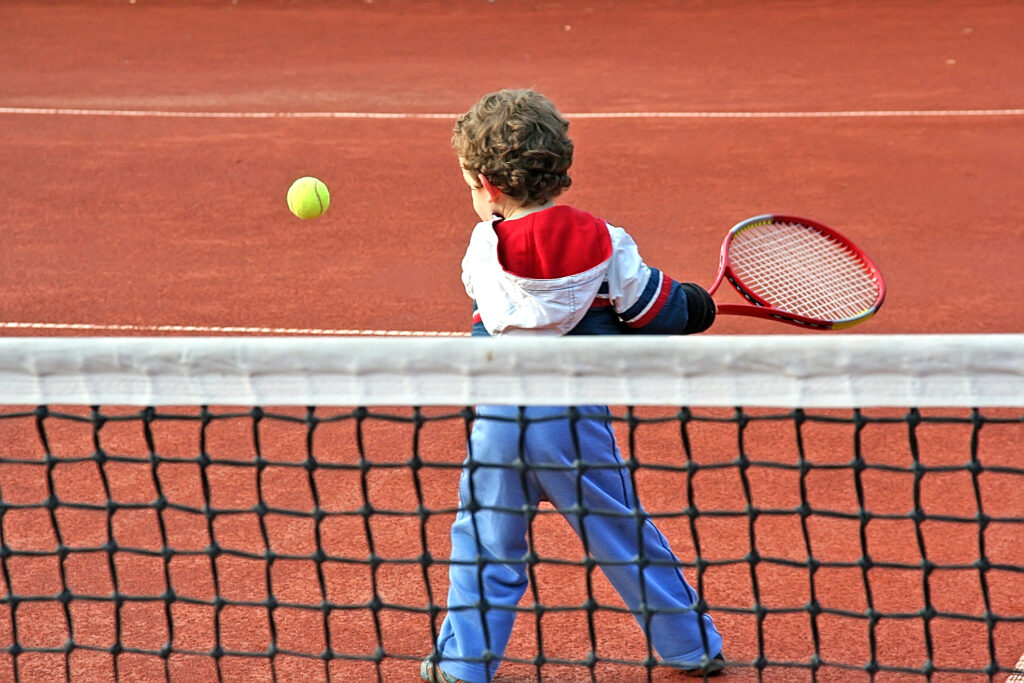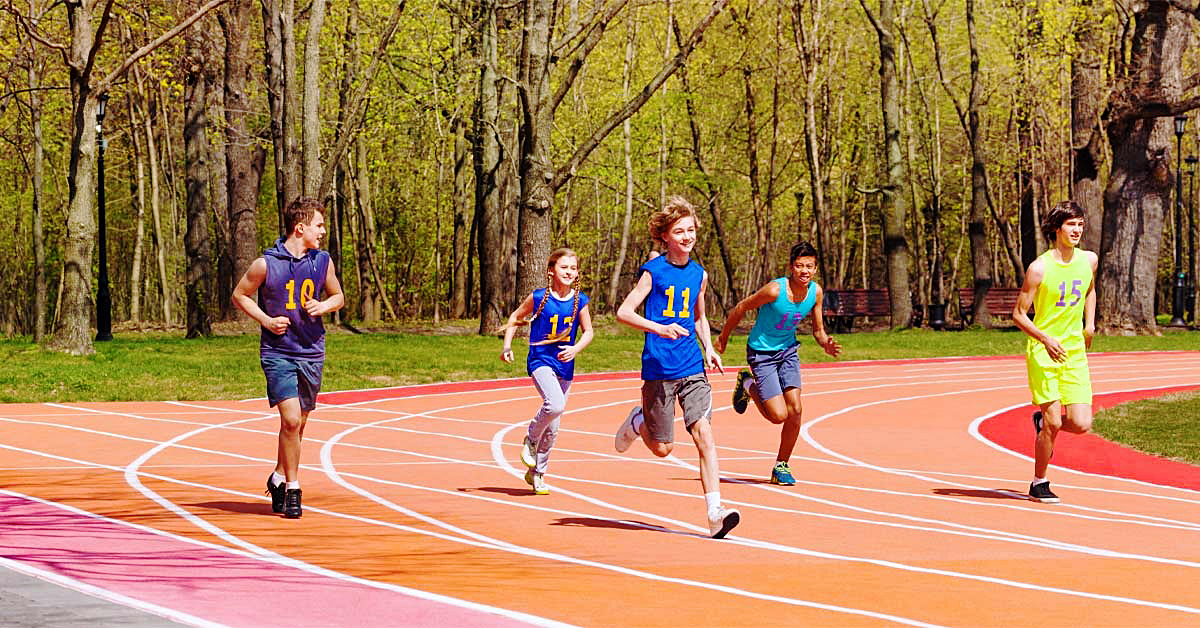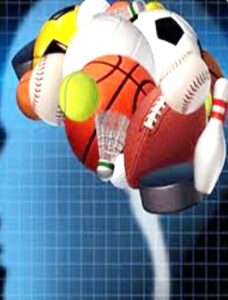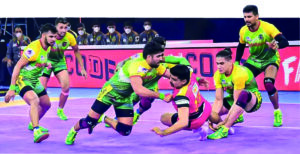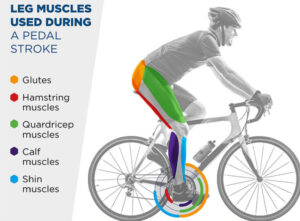Coaches who incorporate Long Term Athlete Development (LTAD) principles and practices into their programming are more likely to produce athletes who reach their full athletic potential as well as experience success against competitors from around the globe
LTAD or Long Term Athlete Development model is a term that has been gaining popularity amongst the sports science fraternity in recent years. Many sports professionals including sports medicine doctors, sports physiotherapists, sports scientists, strength and conditioning coaches and others have come across the term in some capacity at some point of their careers. But what’s LTAD? It is basically a planned, systematic and progressive development plan for an individual athlete. It is a nine-stage framework which guides participation, training, competition and recovery pathways for sports and physical activities. This covers from all the stages of infancy to adulthood to peak sports age. It focuses on the needs of participants and individual stages of development. The model recognizes both performance and participation of sports and physical activities. It may also focus on fun-based development for physical literacy.

Stages of LTAD
Earlier, Canadian LTAD suggested that athletes would go through seven stages of development. But, later it was modified into a 9-stage process. The stages are as followed:
- Active Start
- Fundamental
- Learning to train
- Training to Train
- Learning to Compete
- Training to Compete
- Learning to Win
- Winning for a Living
- Active life.
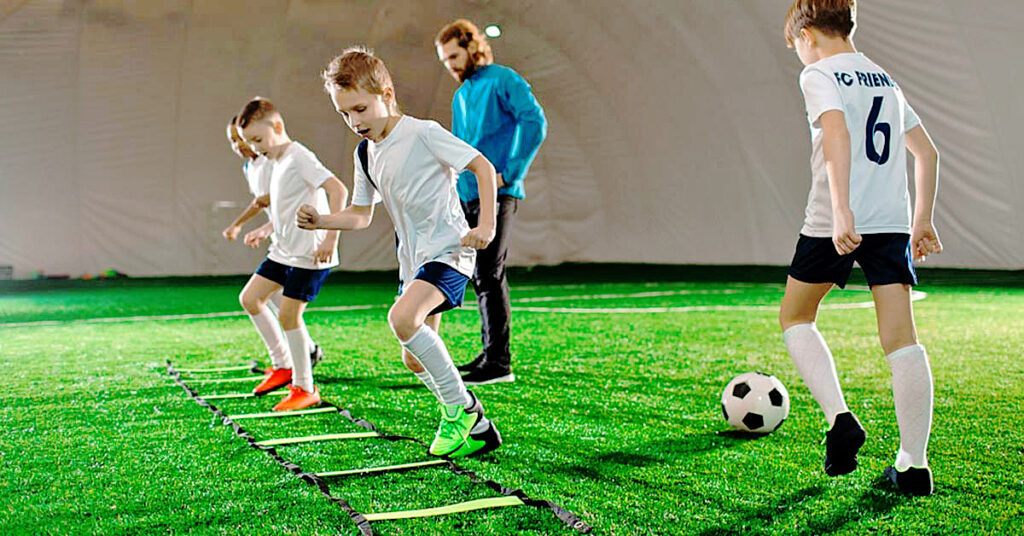
Decoding the stages
Active Start (Chronological age: 0 to 6 years):
In this stage, the child is encouraged to be active at least 60 minutes a day and make fun and play an integral part of the lifestyle. Parents initially and then schools should make sure that the child is active throughout. In later stages, fundamental movements like running, jumping , twisting , throwing and catching are introduced. No coaching is introduced.
Fundamental: (Chronological age: 6 to 9 years for males & 6 to 8 years for females):
We can start teaching ABCs (Agility, Balance, Coordination and Speed) in this stage. The fundamental movements are now combined with well structured programs. Special emphasis needs to be given to flexibility along with teaching postural and technical components. In the later part, we can go for multiple sports, multi-directional activity as well as team games. We need to take care of the safety of the kids.
Learning to train (Chronological age: 9 to 12 years for males & 8 to11 years for females)
The main objective is to enhance ABCs and integrate these with the sports skills. Due to growth, the gender difference becomes more apparent. It is important to be aware of individual physical changes and a proper musculoskeletal assessment can also be done. We can start testing and monitoring too. The sessions need to be supervised in order to make sure injuries are prevented and a good posture is maintained. Talent identification starts at this point of time.
Training to train (Chronological age: 12 to 16 years for males & 11 to 15 years for females)
This is the most challenging stage. Here, the athletes change physically at a very higher rate. Peak height velocity is attained where the bones are growing at very fast rates, which puts stress on the connective tissues. Constant supervision and monitoring is needed as there are chances that they might develop an abnormal movement and postural pattern. Regular musculoskeletal and anthropometric screening is advised at this stage. More focus needs to be given on building a good aerobic base. Weight training can be introduced after onset of menarche in girls and after boys have attained Peak Height Velocity (PHV). We can go for a well-structured and periodized training plan for this stage.
Learning to compete (Chronological age: 16 to 18 years for males & 15 to 17 years for females)
In this stage, the focus shifts to specialization and competition. Proper periodization is applied in this stage. Streaming of athletes in a specific event or event group area is needed and it requires advanced biomotor skills. The number of sessions per week increases from 5 to 9 per week. The practice to competition ratio is 90/10.
Training to compete (Chronological age: 18 to 21/+ years in males and 17 to 21/+ in females)
Event specific motor skills need to be refined and periodisation is used. Competition model and mental preparation are optimized. The number of training sessions increases to 6 to 15. The practice to competition ratio is 90:10. The Performance Enhancement Team is now integrated and implemented in preparation. Athletes can now be called full-time athletes.
Leaning to win (Chronological age: 20 to 23 +/- for both males and females)
This is the stage where the athlete becomes a ‘full time athlete’, and event specific preparation is maximized to get high performance results. The focus will be on enhancing Physical, Physiological, Technical , Tactical and Psychological aspects.
Winning for a living (Chronological age: 23+ for both males and females)
In this stage, the focus will shift to maximize event specific preparation for results at the Olympic and world-level competitions. Training is optimized as per competition and recovery activities to support professional career. The focus is on competitive repeatability when it counts. Apart from that, the plan for post retirement begins.
Active for life (Chronological age: any age for both genders)
The main objective is to make preparations for integration in society. This is a stage where the athlete is fully withdrawn from competitive sports. The stage is critical as high performing athletes get adjusted to a life without high competitive sports. The athlete has to plan and structure his life accordingly so that they can integrate themselves in the society. They can consider being connected to the sport by various ways like coaching, mentoring, officiating and in administration. They might compete in Masters competition or can pursue sports which they could not during their time. This stage is often overlooked but plays a very crucial role.
